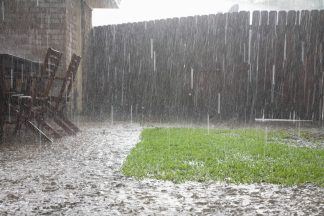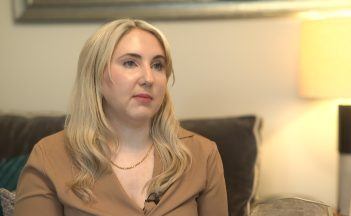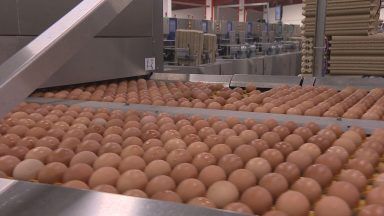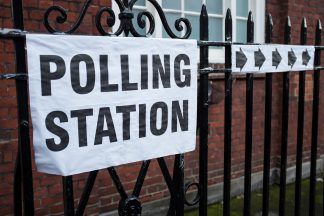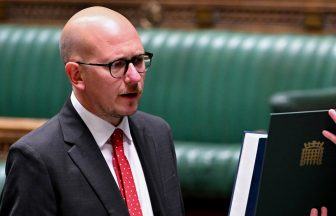The R number will become an increasingly important factor in the next stage of the fight against Covid-19.
The Scottish Government’s chief statistician and two of the academics who are advising ministers gave more detail on the R number and how it is calculated at a technical briefing on Thursday.
Put simply, R is the average number of people the virus will be passed on to by one infected person – it is also known as the “effective reproduction number”.
If R is one or higher, the virus will spread exponentially through the population. An R number of less than one indicates the virus is in decline.
How is the R number calculated?
Since the start of the outbreak in Scotland, epidemiologists and public health experts have been working to understand how quickly it is spreading through the population.
It is a complex mathematical problem so they have made use of a University of Edinburgh supercomputer which is “the most powerful in Scotland, if not the UK”, chief statistician Roger Halliday said.
Using data on coronavirus deaths, cases and other factors, the computer runs the numbers through a model approved by academics around the UK.
Experts have been doing this every weekend since the start of the outbreak in Scotland, and it takes 56 hours for the supercomputer to run the model and provide an estimate of the R number.
What is the current R number in Scotland and how has it changed?
The experts stress even the best calculations have a margin of error, so small fluctuations may not be meaningful.
The most recent exercise found Scotland’s R number was between 0.7 and one.
Mr Halliday said the impact of the lockdown imposed on March 23 is clear as the R number in Scotland prior to that was between four and six.
It has stayed at around 0.7 to one since then, though the full results of the weekly studies are due to be published soon.
Professor Mark Woolhouse, one of the Scottish Government’s team of advisers, said population immunity – also called herd immunity – could eventually reduce the R number but it was “unimportant” in the early stage of the epidemic.
Why is the R number different in Scotland and England?
Mr Halliday said it will vary in different countries for a number of reasons.
Scotland’s number is thought to be higher than in other parts of the UK in part due to its demographics and the timing of the arrival of the virus.
The chief statistician said it is difficult to establish the R number at a more local level as any estimates would be of little value.
The same problem exists when trying to establish the R number in care home or hospital settings.
Why does it matter?
The R number will need to be below one for a significant period of time before ministers consider relaxing the lockdown measures.
In her daily coronavirus briefing on Thursday, First Minister Nicola Sturgeon said she would be looking at the relationship between R and the overall cases of Covid-19 in the population.
The Office for National Statistics has started testing random samples of the population in England in order to get a better idea of how far the disease has spread.
This process could be replicated in Scotland in the future.
Follow STV News on WhatsApp
Scan the QR code on your mobile device for all the latest news from around the country




